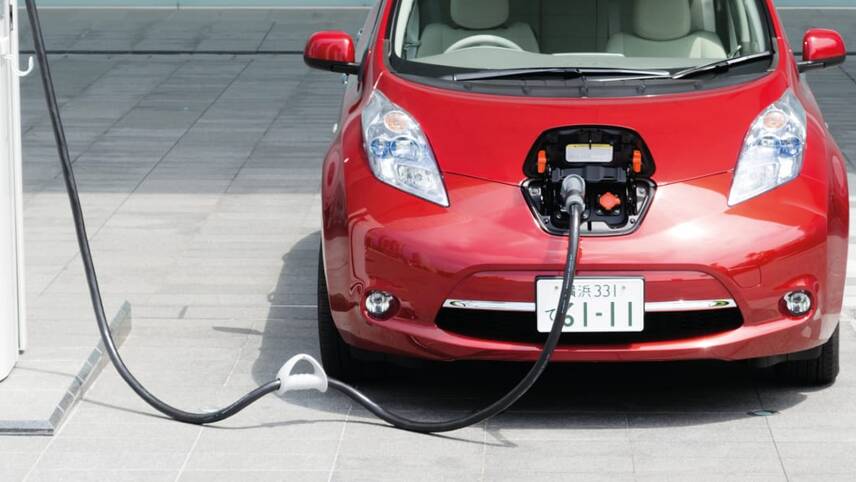This is the Sponsored paywall logged out

National Grid Electricity Distribution is using a streamlined digital gateway to get as many domestic flex assets into service as it can at the lowest possible cost. Utility Week gets the lowdown on the system from NGED’s head of commercial and operability, Matt Watson.
National Grid Electricity Distribution is something of an old hand when it comes to procuring flexibility services. NGED was named largest procurer of flexibility in the industry by the ENA in 2022 and its flex network continues to grow quickly today.
That journey is being made smoother thanks to the development of a market gateway system for signing up flex providers that’s intended to make the process as smooth, scalable and cheap as possible. There are now around 70,000 assets approved on the gateway, totalling over 750MW of capacity, says NGED. That’s up from less than 1,000 assets last year.
Utility Week caught up with Matt Watson, head of commercial and operability at NGED, to find out more about the market gateway (it’s in the running for a Flex Award at Utility Week Live).

Matt, why was the market gateway originally developed?
MW: We wanted a new system to digitise our commercial interactions with flexibility service providers (FSPs). The gateway allows us to simplify and scale up those interactions. It enables us to qualify and sign up FSPs without lots of paper contracts and emails flying around.
From our interactions with existing flex service providers, their feedback was that the process could be a little cumbersome. And when we were looking at unlocking domestic flex, one of the key points to emerge was that digitising at scale was essential.
That’s because as you go for smaller and smaller assets, the value per asset drops. Having lots of people and processes involved in procuring services quickly erodes value. The gateway can scale up registration, processing thousands of assets with simple APIs, making accessing domestic flexibility as cheap and simple as possible. Lowering barriers to entry is paramount.
What types of flexible service make up NGED’s portfolio now?
A lot of the new assets that are signed up are domestic assets, so that’s really exciting. More than a quarter of electric vehicle charge points connected to the NGED network are now available on the market gateway. A wide range of domestic assets is good for managing the low voltage network flexibly, where the chance of finding industrial flex at the right scale is slim.
Our procurement is technology-agnostic. Historically our flex was dominated by larger generators. We now see a lot of domestic flex joining, which creates more competition and allows us to look at different use cases.
With such a range of assets looking to be connected at pace, how important was it to develop an adaptable system when designing the gateway?
We had to make sure we had data structures in place to serve a number of different use cases and to procure on different timescales. We have also designed the system so that very small tweaks in parameters enable us to adapt quickly. If we want to trade a day ahead, we absolutely can.
What is the registration process like for new flex providers?
As simple as possible. There’s a number of processes we have to go through to comply with procurement law. We cover that off in the background while asking simple questions with standard answers, and we also align with Open Networks. When people need to provide data, it should be consistent with what they already have access to.
We also facilitate different routes into the market, such as via third parties. We are working with Piclo and Electron to integrate their systems into ours. Innovation in the third-party space and competition between those platforms will help provide the best customer journey and experience. Ultimately what I want is as many megawatts of capacity to be on the gateway as possible.
How do you see the future of procurement of flex services by NGED?
NGED was an early adopter of flex in ED1. We see the volume of flex assets growing, which is great – but we are still in a situation where the volume we need exceeds supply. The gateway will help us to continue to scale up flex assets quickly and cheaply.
We are looking to get 100,000 assets on the market gateway by the end of next year and 200,000 by the end of ED2.
You can learn much more about flexibility services on the Energy Flexibility Stage at this year’s Utility Week Live in May. Register here now.
Please login or Register to leave a comment.